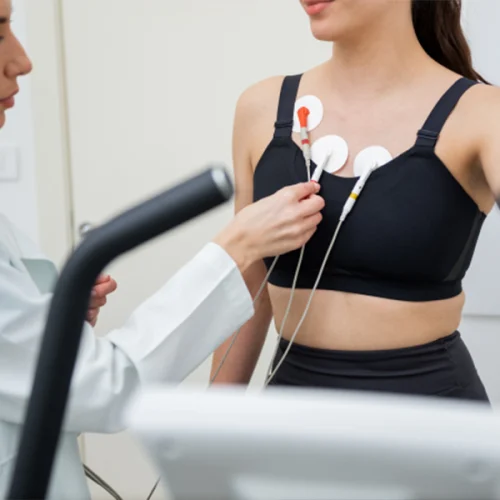Biomarker selection should always be personalized based on the patient’s initial risk profile, family history, and genetic predispositions. That said, several biomarkers consistently guide longevity-focused protocols:
Core Biomarkers:
Fasting Insulin: Highly sensitive for early insulin resistance—often missed when only looking at glucose or HbA1c. Optimal—not just normal—ranges must be used.
Visceral Fat: Measured via DEXA or imaging; strongly associated with metabolic and cardiovascular disease risk.
Skeletal Muscle Index and Strength: Essential indicators of metabolic health, functional capacity, and longevity potential.
VO₂ Max: A powerful predictor of lifespan and cardiorespiratory fitness. Also allows for precise, personalized exercise prescriptions.
ApoB: A more accurate marker of atherogenic particle burden than LDL.
Lp(a): Should be part of every baseline cardiovascular workup to identify genetic risk in ~20% of the population.
Inflammatory Markers:
hs-CRP: General marker of systemic inflammation and predictor of cardiovascular events.
PLAC/LP-PLA2: Indicates vascular inflammation and plaque vulnerability.
Myeloperoxidase (MPO): Marker of oxidative stress and plaque instability.
F2-Isoprostanes: Reflects lipid peroxidation and oxidative stress burden.
What We Believe Will Become Standard:
We expect that fasting insulin, visceral fat, skeletal muscle index and strength, VO₂ max, ApoB, Lp(a), and advanced inflammatory markers will become standard in preventive and longevity medicine. Just as important is the shift toward assessing optimal ranges rather than relying solely on traditional reference intervals. This allows for earlier detection of dysfunction and more precise, proactive treatment planning.
These are just a snippet of the critical insights covered in Dr. Hussein’s full review of biomarkers essential for cardiometabolic optimization.




